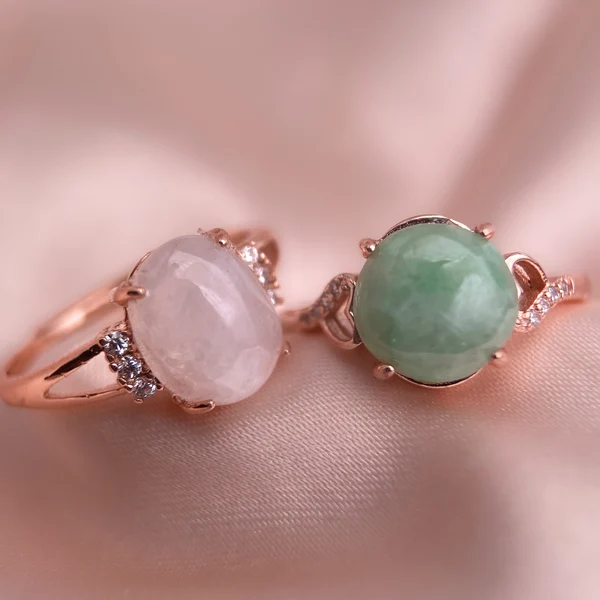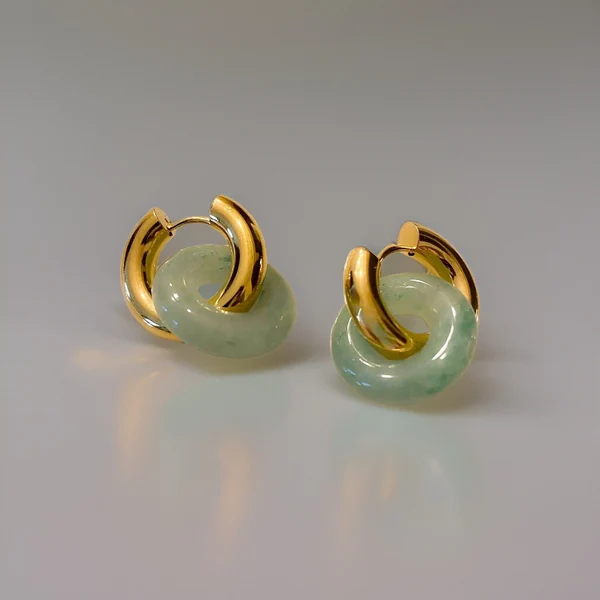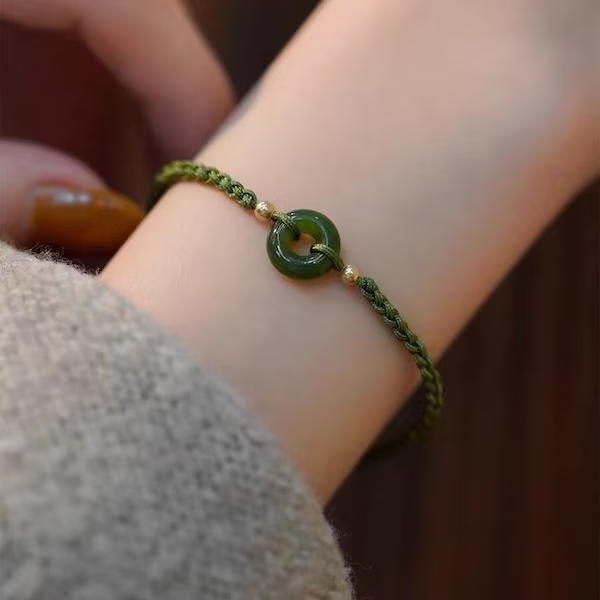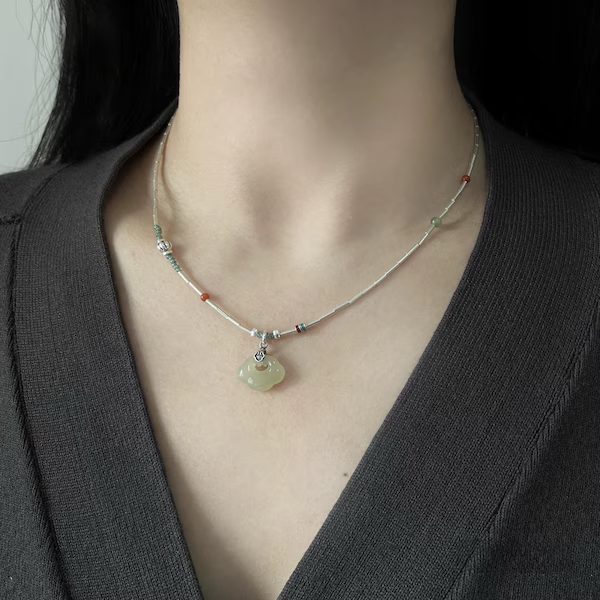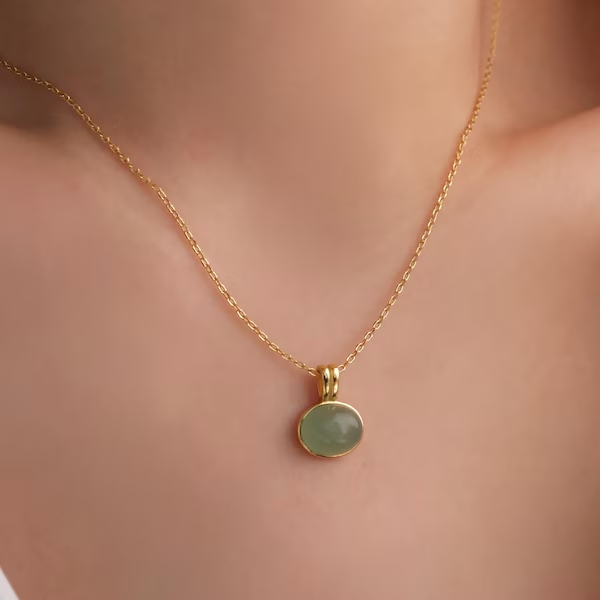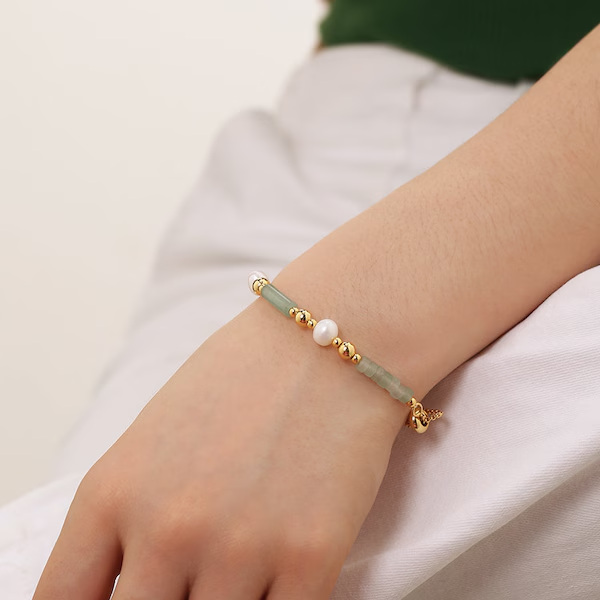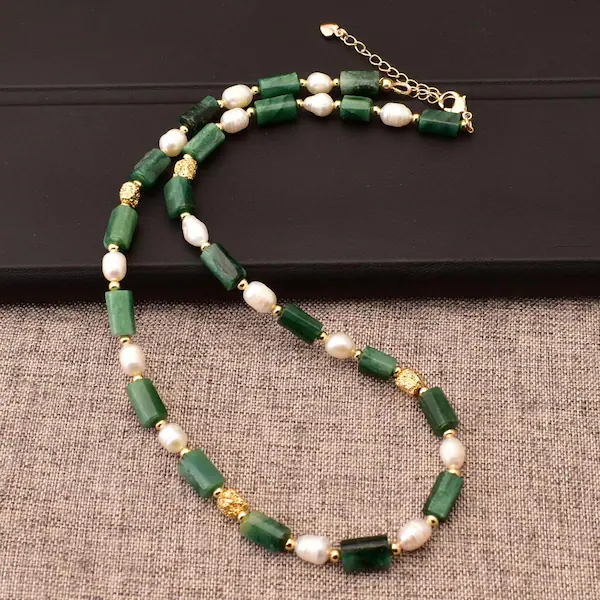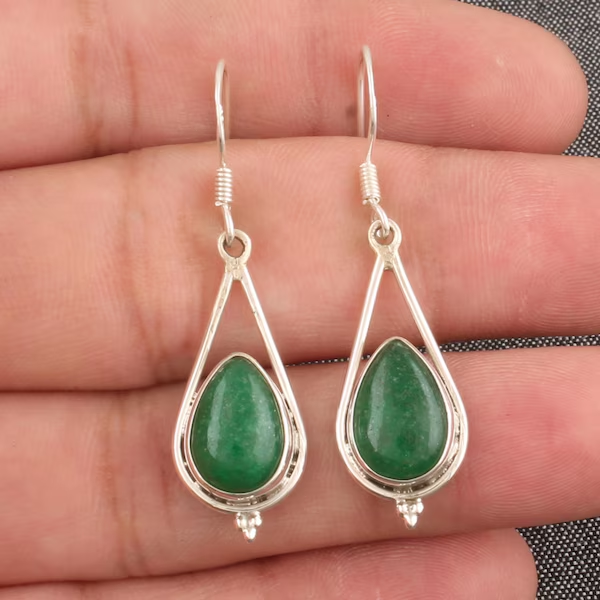Product categories
The Smart Buyer’s Guide: How to Tell if Jade is Real by Adsonz Jade
Jade has always been admired for its beauty, spiritual meaning, and cultural importance. From ancient ornaments to modern jewelry, this gemstone holds timeless value. But with its popularity, the market is flooded with imitations and treated stones that can easily confuse buyers. At Adsonz Jade, we believe that every customer deserves authenticity, which is why knowing how to tell if jade is real is essential before making an investment.
Understanding Jade – Nephrite vs. Jadeite
Before testing authenticity, it’s important to know that jade comes in two main types: nephrite and jadeite. Nephrite is usually creamier and softer in color tones, while jadeite is rarer, harder, and often comes in deep, vibrant greens. Both are genuine jade, but jadeite is considered more valuable. Recognizing the difference is the first step toward identifying whether a piece is authentic or not.
The Visual Test – Look Closely at the Surface
Real jade usually has a smooth, waxy luster with subtle variations in color. Unlike fake jade, which often looks flat or too perfect, authentic jade shows natural streaks, cloudy patches, or fibrous patterns under bright light. At Adsonz Jade, our experts encourage customers to examine the stone under natural lighting to notice these natural imperfections that make jade unique and real.
The Temperature Test – Cool and Consistent
One of the easiest ways to identify real jade is by touch. Genuine jade feels cool to the skin, even in warm environments. If you hold the stone for a while, it should gradually warm up but remain cooler than glass or plastic imitations. Fake jade made from resin or glass warms up quickly, which is a clear sign it isn’t authentic.
The Sound Test – The “Ring” of Authenticity
Another traditional method to test jade is the sound test. When lightly tapped against another piece of real jade or stone, authentic jade produces a clear, bell-like ringing sound. On the other hand, imitations usually give off a dull, flat noise. At Adsonz Jade, we often demonstrate this test for customers to help them understand the distinct resonance of genuine jade.
The Scratch Test – Hardness Matters
Jade is a tough stone, ranking between 6 and 7 on the Mohs hardness scale. A simple way to test is by trying to scratch the surface with a steel object such as a needle or knife. Real jade will resist scratching, while softer imitation stones will show marks. However, this method should be used carefully to avoid damaging valuable pieces.
Professional Lab Testing – The Most Reliable Way
While home tests can give you an idea, the most reliable way to confirm jade authenticity is through professional gemological testing. At Adsonz Jade, we work with trusted labs and experts who use advanced tools such as spectrometers, magnification analysis, and refractive index tests to guarantee the stone’s authenticity. This gives our customers peace of mind when purchasing jade jewelry or ornaments.
Why Buy from Adsonz Jade?
When you choose Adsonz Jade, you are not only buying a gemstone but also the assurance of authenticity, transparency, and trust. Our sourcing team ensures that every piece of jade is ethically acquired, carefully tested, and certified. Whether you are a collector, investor, or someone looking for a meaningful gift, Adsonz Jade guarantees genuine quality.
Final Thoughts
Learning how to tell if jade is real is crucial for every buyer who values authenticity. By checking its texture, sound, temperature, and hardness, you can avoid common imitations. However, the best way to ensure you are getting true jade is to buy from trusted suppliers like Adsonz Jade, where every stone is tested and certified. Authentic jade is not just a gemstone—it’s a lasting treasure that carries cultural, spiritual, and financial value.
How can I spot fake jade?
Fake jade often looks too perfect, warms up quickly in your hand, and may contain air bubbles. Dyed jade may also release color when rubbed with alcohol.

